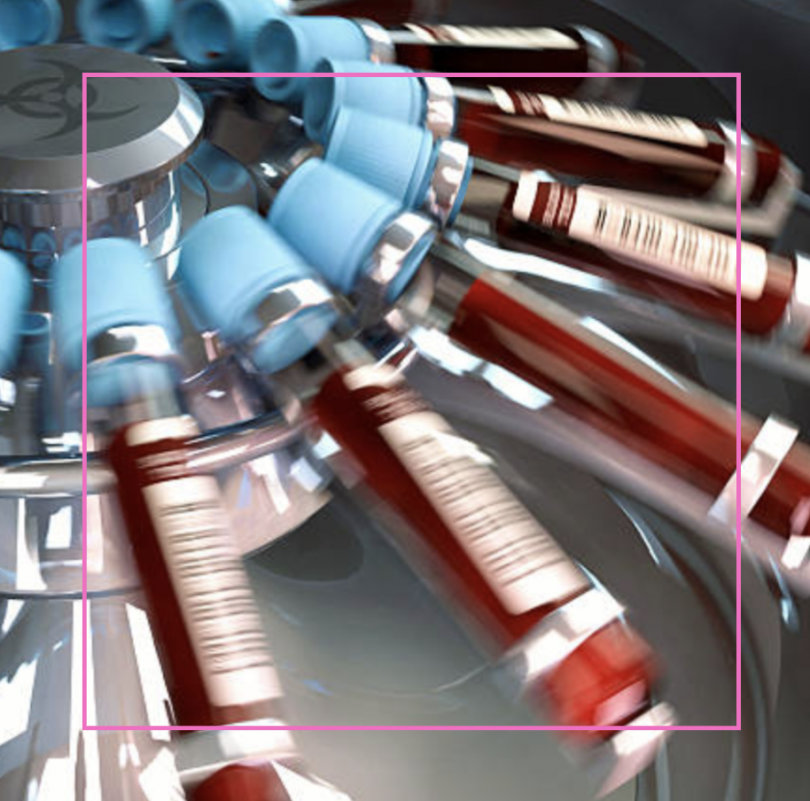By continuously measuring the level of glucose in the blood, researchers (1) have discovered that it varies very strongly throughout the day, sometimes reaching prediabetic or diabetic levels for a few moments in people with normal blood sugar levels. This glucose dysregulation appears to be more widespread and heterogeneous than previously thought.
This method – continuous glucose monitoring – makes it possible to classify individuals according to their level of glycemic response, called “glucotype”.
The “severe glucotype” identifies individuals with aberrant glucose metabolism, people who would have appeared normal according to standard tests but who are actually at high risk of developing age-related diseases.
The results of this study highlight individual variability in glycemic responses to the same foods underlining the personal nature of glucose metabolism.
The next step is to explain the mechanisms of this glucose dysregulation, including in particular the genetic aspects.
© AGE Breaker 12 2022
✅ [AGE BREAKER, patented nutritional supplements, based on rosmarinic acid, recognized by aging specialists around the world for their properties to reverse the effects of glycation.]
✅ [Glycation is one of the major causes of aging. Resulting from the fixation of sugars on the proteins constituting the organism, glycation generates toxic compounds that cause cellular aging. Glycation is particularly involved in metabolic disorders, skin aging and cognitive decline.]
More on www.agebreaker.com
#agebreaker #glycation
(1): H. Hall et al. Glucotypes reveal new patterns of glucose dysregulation. Plos Biology. Published July 24, 2018. https://doi.org/10.1371/journal.pbio.2005143









